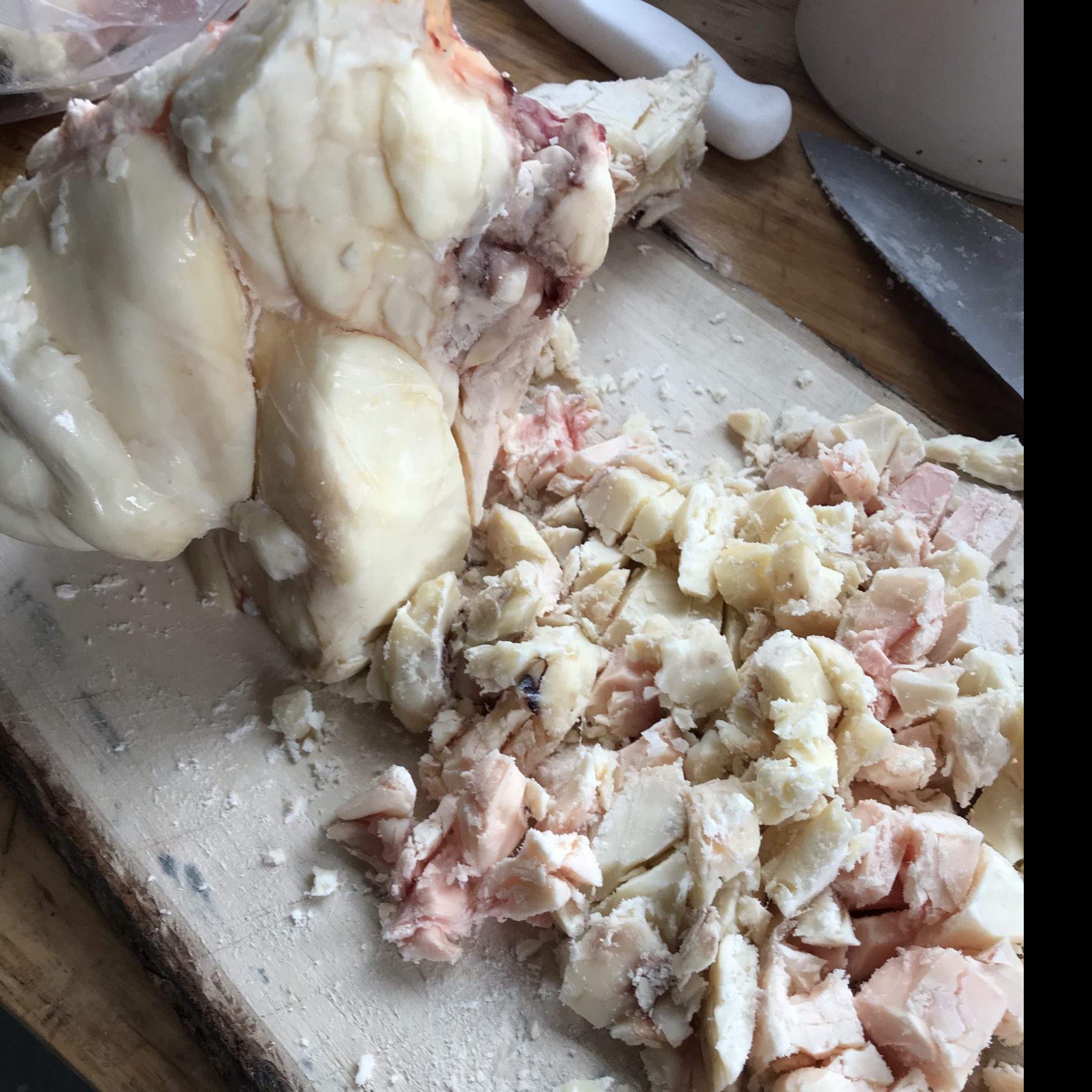Background and objective: Lipid metabolism dysregulation has been implicated in the pathogenesis of IPF; however, the roles of most lipid metabolites in lung fibrosis remain unexplored. Therefore, we aimed to identify changes in lipid metabolites in the lung tissues of IPF patients and determine their roles in pulmonary fibrosis.Methods: Free fatty acids in the lung tissues of IPF patients and controls were quantified using a metabolomic approach. The roles of free fatty acids in fibroblasts or epithelial cells treated with TGF-β1 were evaluated using fibrotic markers. The antifibrotic role of stearic acid was also assessed in a bleomycin-induced lung fibrosis mouse model. Protein levels in cell lysates or tissues were measured by western blotting.
Results: The levels of stearic acid were lower in IPF lung tissues than in control lung tissues. Stearic acid significantly reduced TGF-β1-induced α-SMA and collagen type 1 expression in MRC-5 cells. Furthermore, stearic acid decreased the levels of p-Smad2/3 and ROS in MRC-5 cells treated with TGF-β1 and disrupted TGF-β1-induced EMT in Beas-2B cells. Stearic acid reduced the levels of bleomycin-induced hydroxyproline in a mouse model.
Conclusion: Changes in the free fatty acid profile, including low levels of stearic acid, were observed in IPF patients. Stearic acid may exert antifibrotic activity by regulating profibrotic signalling.
Error - Cookies Turned Off
====================================================================
The role of free fatty acids in idiopathic pulmonary fibrosis
Introduction: Dysregulation of the lipid metabolism has been implicated in the pathogenesis of idiopathic pulmonary fibrosis (IPF);however, the role of free fatty acids (FFA) is not well defined.
Methods: Fatty acid methyl esters were analyzed with Agilent 7890/5975 Gas Chromatography-Mass Spectrometry and HP-5 MS 30 m * 250 µm * 0.25 µm column (Agilent 19091S-433) in the lung tissues of controls (n=10) and IPF patients (n=10). To evaluate the function of FFA, human lung fibroblasts (MRC-5 cells) were treated with TGF-ß1 (5 ng/ml) and/or FFAs including palmitic acid, stearic acid, oleic acid and linoleic acid. Cell viability and protein expression were measured via MTT assay and western blot analysis, respectively.
Results: Although the levels of palmitic acid, oleic acid and linoleic acid were elevated, the level of stearic acid was significantly reduced in the lung tissues of patients. Palmitic acid, oleic acid or linoleic acid significantly enhanced the TGF-ß1 induced expression of α-smooth muscle actin (SMA) and collagen type-1 in MRC-5 cells;however, stearic acid significantly reduced them. Moreover, palmitic acid and linoleic acid increased the TGF-ß1 induced proliferation of MRC-5 cells, but stearic acid decreased it. Stearic acid significantly inhibited the levels of p-Smad2/3 in MRC-5 cells treated with TGF-ß1.
Conclusion: Our findings suggest that FFAs may have effects on pulmonary fibrosis by regulating TGF-ß1 induced activation and proliferation of fibroblasts and be implicated as potential therapeutic targets in IPF.
The role of free fatty acids in idiopathic pulmonary fibrosis
Introduction: Dysregulation of the lipid metabolism has been implicated in the pathogenesis of idiopathic pulmonary fibrosis (IPF);however, the role of free fatty acids (FFA) is not well defined. Aim: to investigate the role of FFA in the pathogenesis in IPF Methods: Fatty acid methyl esters...
====================================================================
Grassfed Beef Suet is an Excellent Source of Stearic Acid

Grassfed Beef Suet is an Excellent Source of Stearic Acid - Fire In A Bottle
, it suggests that the grassfed suet is about 66% saturated ... suggesting a total of as much as 37% stearic acid in the grassfed beef suet
 fireinabottle.net
fireinabottle.net
Last edited:


